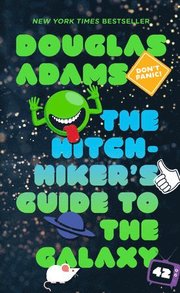On Reading The Legend and awakening the Passion for Books
Posted by JoJoApr 19

(Source: Joddler.se)
***
I’m currently rereading The Legend of The Ice People, a 47 book series by the Norwegian author Margit Sandemo. The story follows a cursed family line from the 16th century when the black death and the plague ravished through Norway. The first book brings you to meet Silje, a 16 year old girl walking through the streets of Trondheim, surviving on moldy stale bread thrown from the windows of the few still charitable.
The story then continues with Silje stumbling upon a dark, beastly man in the woods by the fire of burning corpses outside the city walls. And there starts the story of Silje and Tengel.
***
I remember when I was in my lower teens. My father girlfriend at the time had shelves and shelves of books. I envied her collection, and it was her passion for books that got me to spend my entire allowance running through second-hand bookshops all over Gothenburg (I suppose my father was happy in a way that I spent it on books rather than other things). She was a passionate collector of Stephen King, and it was Stephen Kings’ The Talisman (Link to Amazon) that was the first “adult” fiction book I read. I loved it. I followed that experience up by reading other books by King, and thus I had entered the realm of horror reading. We worked well together, she and I. We clicked on a level that I can only compare to as real friendship. And to complement the books, we also watched a number of Stephen King adapted films, some better than others.
***
I don’t remember me contemplating it very much at the time (and today I can’t see a reason to), but some might find it strange that a fan of horror fiction also love the field of historical/romantic novels. At the time, Margit Sandemos’ books for The Legend of The Ice People was only available through book club membership. Two books a month, 47 books total.
They sat there on the shelf with their bright blue jackets, and prints of paintings on the front depicting the theme of each book. I remember I felt discouraged by the thought of reading the whole series at the time. I’ve never been one of those quick readers, I love to take my time and try to understand what I’m reading, nonetheless remember what I’ve read. Still, after reading a book I’m not the person to remember details either. I suppose I live in the moment. I often find myself reacting to sentences and passages as I read them if they stand out.
***
One of the reasons I love Margit Sandemos’ writing is probably because it is so light. It’s easy to understand, and it just flows over the pages. I rarely have to stop, but simply enjoy every moment. What the series is about, is really about the family, relationships and struggles of the curse that is put on one from each generation in the line. The story is highly integrated to the historical events happening in Norway and Scandinavia during these years – which is quite an overwhelming time, the 16th century. Norway is under the governing of Denmark, and war is raging in Germany in the first 10 books of the series. Every book centers on one (or two) person(s) of the family and what they go through in finding peace and loving relations. Margit Sandemo captivates with her descriptions of characters and settings in a way I rarely find. I don’t know why but I imagine Jane Austens’ work to be similar in style, perhaps I will find out through reading some of her works that are currently on my Classics list.
***












